Are you thinking about building a homemade desk? One of the most important decisions you’ll have to make is what type of wood to use for the desktop. With so many options available, it can be overwhelming to choose the best one for your needs. In this article, we’ll explore the different types of wood commonly used for desktops and discuss the pros and cons of each.
When it comes to selecting the best type of wood for a desktop, there are several factors to consider. You’ll want a wood that is sturdy, durable, and can withstand daily wear and tear. It should also be aesthetically pleasing and complement the overall design of your desk. Additionally, you’ll want to consider the cost and availability of the wood. By taking these factors into account, you can make an informed decision about which type of wood is right for your project. So, let’s dive in and explore your options!
Understanding Different Types of Wood
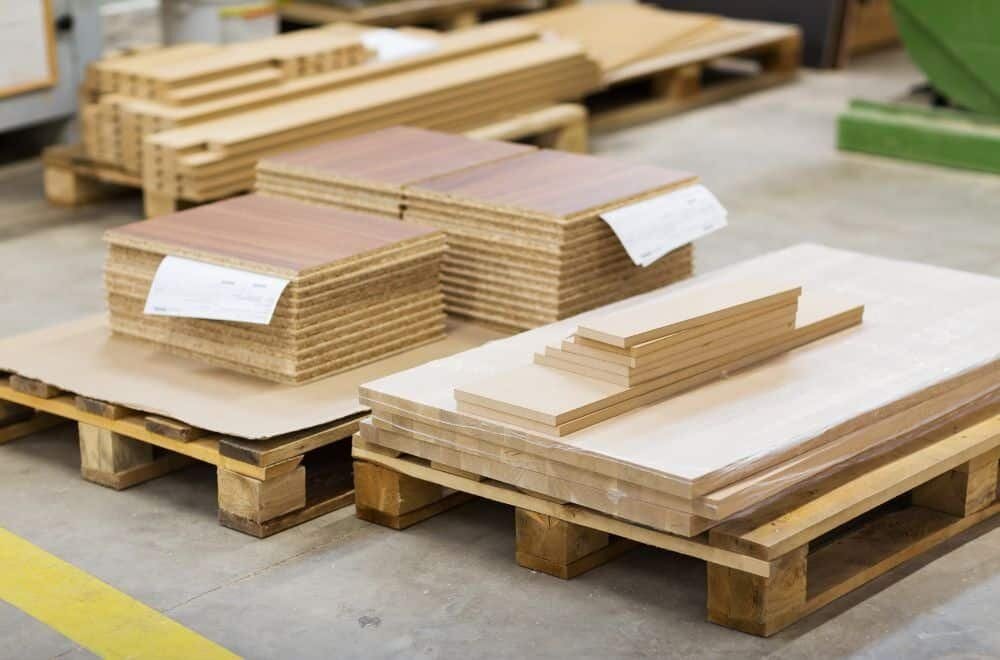
When it comes to choosing the best type of wood for your homemade desk, it’s important to understand the different options available to you. Here are the three main categories of wood to consider:
Hardwoods
Hardwoods come from deciduous trees, which means they lose their leaves annually. They are generally more durable and dense than softwoods, making them an excellent choice for a desktop. Some popular hardwood options for a desk include:
- Oak: A classic choice that is strong and durable, with a distinctive grain pattern.
- Maple: Known for its light color and smooth grain, maple is a popular choice for modern desks.
- Walnut: A beautiful dark wood with a rich, warm tone that makes for an elegant desk.
Softwoods
Softwoods come from evergreen trees, which means they keep their leaves year-round. They are generally less dense and less expensive than hardwoods, but can still make a great choice for a desktop. Some popular softwood options for a desk include:
- Pine: A light-colored wood with a straight grain that is easy to work with.
- Cedar: A softwood with a distinctive scent that repels insects, making it a good choice for outdoor desks.
- Spruce: A light-colored wood with a fine grain that is strong and lightweight.
Engineered Woods
Engineered woods are made from a combination of wood fibers and adhesives, and are designed to be stronger and more durable than solid wood. They can be a good choice for a desktop if you want something that is resistant to warping and cracking. Some popular engineered wood options for a desk include:
- Plywood: Made from thin layers of wood that are glued together, plywood is strong and stable.
- MDF: Short for medium-density fiberboard, MDF is made from wood fibers and resin, and is known for its smooth surface and uniform density.
- Particleboard: Made from wood chips and resin, particleboard is a cost-effective option that is less durable than other engineered woods.
By understanding the different types of wood available, you can make an informed decision about which one is right for your homemade desk. Consider factors such as durability, aesthetics, and cost when making your choice.
Key Factors to Consider
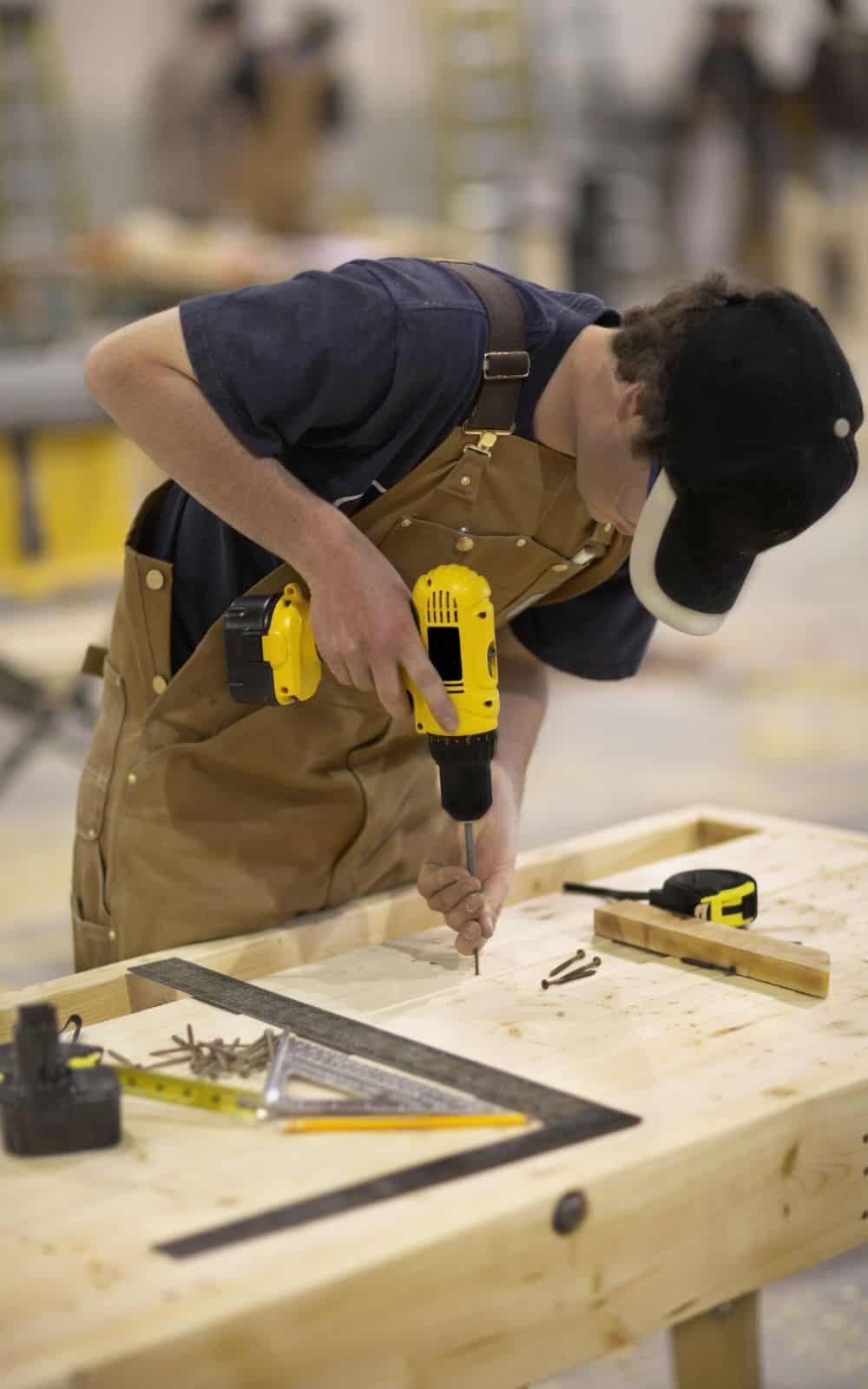
When it comes to choosing the best type of wood for a desktop on a homemade desk, there are several factors that you should consider. Here are the key factors to keep in mind:
Durability
One of the most important factors to consider when choosing the best type of wood for a desktop is durability. You want a wood that can withstand the wear and tear of daily use without showing signs of damage. Some of the most durable woods for desktops include oak, maple, and birch plywood. These woods are strong, sturdy, and can last for years with proper maintenance.
Aesthetic Appeal
Another important factor to consider when choosing the best type of wood for a desktop is aesthetic appeal. You want a wood that looks good and complements the overall design of your homemade desk. Some woods, like maple and oak, have attractive grain patterns that can add visual interest to your desktop. Other woods, like birch plywood, have a more uniform appearance that can create a clean, modern look.
Cost
Cost is also an important factor to consider when choosing the best type of wood for a desktop. Some woods, like oak and maple, can be more expensive than others. If you’re on a tight budget, you may want to consider using a less expensive wood, like birch plywood. However, keep in mind that cheaper woods may not be as durable or aesthetically pleasing as more expensive options.
In summary, when choosing the best type of wood for a desktop on a homemade desk, you should consider factors like durability, aesthetic appeal, and cost. By keeping these factors in mind, you can choose a wood that not only looks good but also stands up to daily use.
Top Wood Choices for Desktops
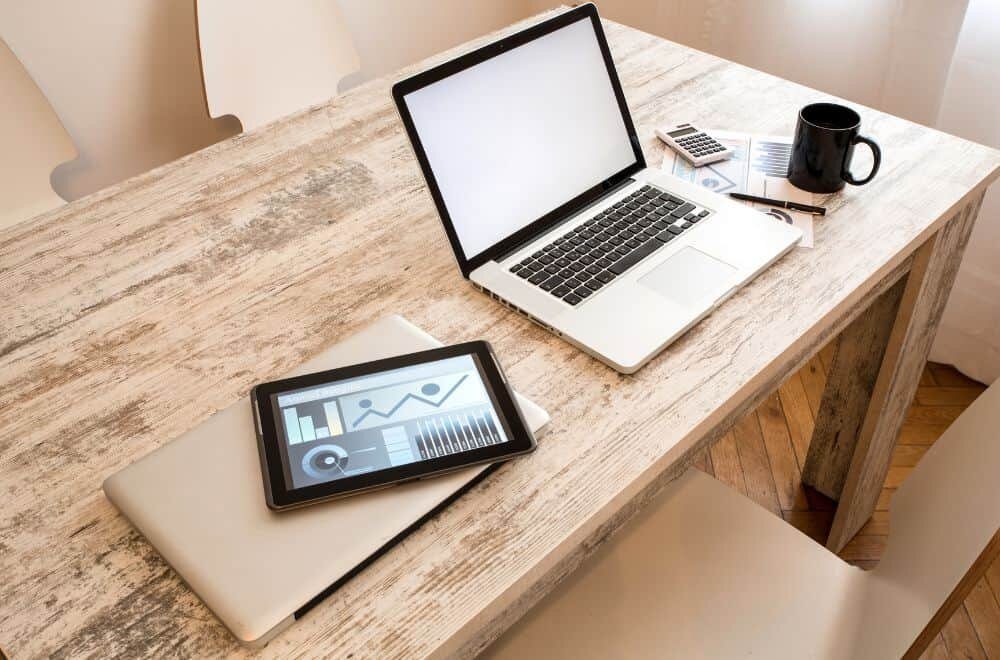
When it comes to building a homemade desk, choosing the right type of wood for your desktop is crucial. The type of wood you choose can affect the durability, appearance, and overall quality of your desk. Here are some of the top wood choices for desktops:
Oak
Oak is one of the most popular choices for desktops, and for good reason. It is a hardwood that is known for its strength and durability. Oak desks can last for several decades, making them a great investment. Oak also has a beautiful grain pattern that can add character to your desk.
Maple
Maple is another great choice for desktops. It is a hardwood that is known for its light color and smooth texture. Maple is also a very hard and durable wood, making it a great choice for a desk that will see a lot of use.
Walnut
Walnut is a beautiful hardwood that is known for its rich, dark color. It has a straight grain pattern that can add a touch of elegance to your desk. Walnut is also a very durable wood, making it a great choice for a desk that will see a lot of use.
Plywood
If you are on a budget, plywood can be a great choice for your desktop. Plywood is made from thin layers of wood that are glued together, making it strong and durable. It is also very affordable and easy to work with. Plywood can be stained or painted to match your decor, making it a versatile choice for a homemade desk.
In conclusion, choosing the right type of wood for your desktop is an important decision when building a homemade desk. Oak, maple, walnut, and plywood are all great choices depending on your budget and desired aesthetic. Consider the durability, appearance, and cost of each type of wood before making your final decision.
Benefits of Each Wood Type
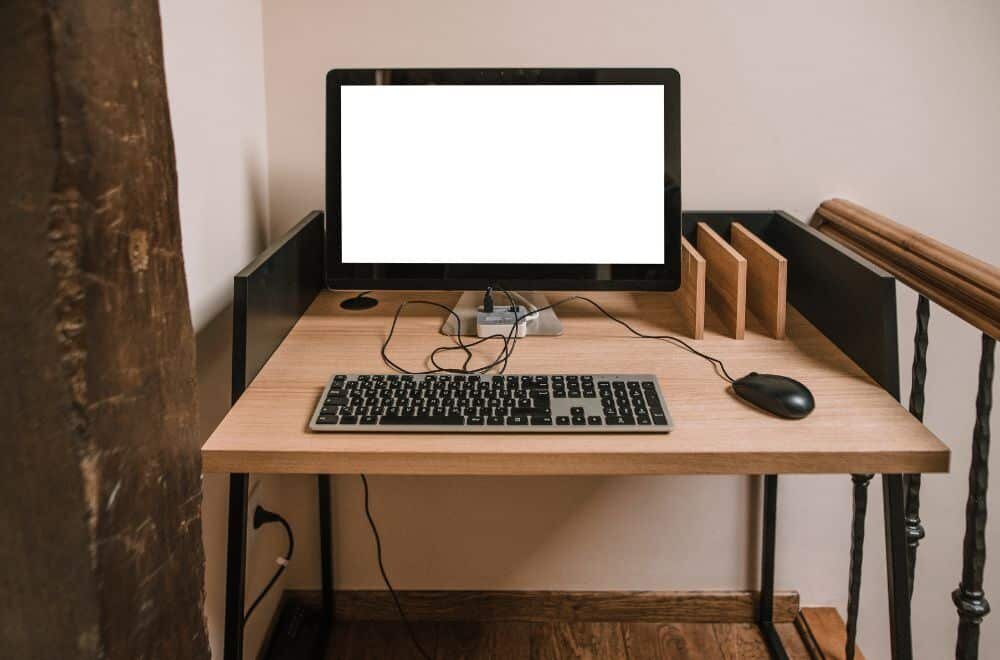
Benefits of Oak
Oak is a popular choice for desktops because of its durability and strength. It is a hardwood that is resistant to wear and tear, making it ideal for a desk that will be used frequently. Oak has a distinctive grain pattern that gives it a unique look, and it is available in a range of colors from light to dark.
Other benefits of oak include:
- Resistant to moisture and humidity
- Easy to work with
- Long-lasting and durable
- Can be stained or painted to match your desired aesthetic
Benefits of Maple
Maple is a light-colored hardwood that is affordable and easy to work with. It is a popular choice for desks because of its smooth surface and durability. Maple has a subtle grain pattern that makes it a versatile option for any style of desk.
Other benefits of maple include:
- Resistant to scratches and dents
- Lightweight and easy to move
- Available in a range of finishes
- Affordable compared to other hardwoods
Benefits of Walnut
Walnut is a high-end hardwood that is known for its rich, dark color and beautiful grain pattern. It is a popular choice for desks because of its durability and resistance to wear and tear. Walnut has a smooth surface that is easy to work with, and it is available in a range of finishes.
Other benefits of walnut include:
- Resistant to moisture and humidity
- Long-lasting and durable
- Can be stained or oiled to enhance its natural beauty
- Adds warmth and elegance to any room
Benefits of Plywood
Plywood is a composite wood material made from thin layers of wood veneer glued together. It is a popular choice for desktops because of its affordability and versatility. Plywood comes in a range of thicknesses and can be easily cut and shaped to fit any desk design.
Other benefits of plywood include:
- Lightweight and easy to move
- Available in a range of finishes
- Affordable compared to solid wood options
- Resistant to warping and cracking
Overall, the best type of wood for your desktop will depend on your budget, style preferences, and intended use. Consider the benefits of each wood type before making your final decision.
Potential Drawbacks
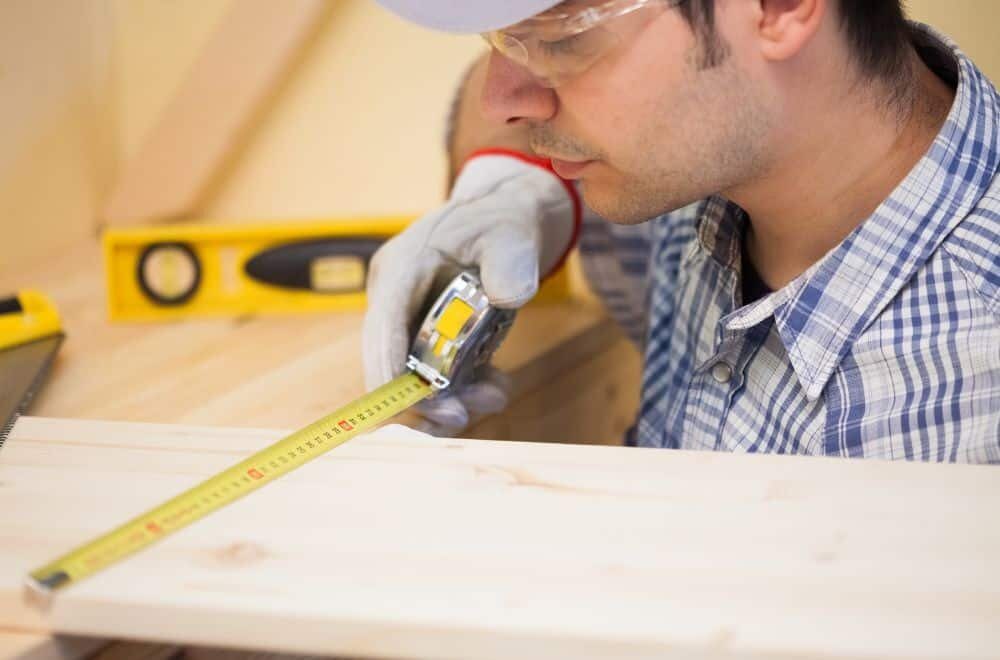
When it comes to choosing the best type of wood for a desktop on a homemade desk, there are several factors to consider. While each type of wood has its own unique advantages, there are also some potential drawbacks to keep in mind.
Drawbacks of Oak
Although oak is a popular choice for a desktop due to its strength and durability, it does have some potential drawbacks. One of the main issues with oak is that it can be quite heavy, which may make it difficult to move around or adjust the desk height. Additionally, oak can be more expensive than some other types of wood, which may not fit within everyone’s budget.
Drawbacks of Maple
Maple is another popular choice for a desktop due to its light color and smooth, even grain. However, there are some potential drawbacks to consider. For one, maple can be quite soft, which may make it more prone to scratches and dents. Additionally, maple can be more difficult to stain than other types of wood, which may limit your options for customization.
Drawbacks of Walnut
While walnut is known for its rich, dark color and beautiful grain patterns, it also has some potential drawbacks. For one, walnut can be quite expensive compared to other types of wood, which may not be feasible for everyone’s budget. Additionally, walnut can be quite heavy, which may make it difficult to move around or adjust the desk height.
Drawbacks of Plywood
Plywood is a popular choice for a desktop due to its affordability and ease of use. However, there are some potential drawbacks to consider. For one, plywood may not be as durable as solid wood options, which may result in a shorter lifespan for your desk. Additionally, plywood may not have the same level of aesthetic appeal as other types of wood, which may not be ideal for those looking for a more visually appealing desk.
Frequently Asked Questions
What are some common types of wood used for desktops on homemade desks?
There are several types of wood that are commonly used for desktops on homemade desks. Some of the most popular ones include oak, maple, cherry, elm, cedar, and rosewood. Each of these woods has its own unique characteristics, such as color, grain pattern, and durability.
What are the advantages of using oak wood for a desk top?
Oak wood is one of the most popular choices for a desk top because of its strength and durability. It can withstand heavy use and can last for several decades with proper maintenance. Oak also has a beautiful grain pattern that can add character to your desk.
What is the difference between using maple wood and oak wood for a desk top?
While both maple and oak wood are great choices for a desk top, there are some differences between the two. Maple wood is lighter in color and has a more consistent grain pattern, while oak wood has a more pronounced grain pattern and is darker in color. Oak wood is also generally more durable than maple wood.
How thick should the wood be for a sturdy and durable desktop on a homemade desk?
The thickness of the wood for a desktop on a homemade desk depends on several factors, such as the size of the desk and the weight it will need to support. Generally, a thickness of at least 1 inch is recommended for a sturdy and durable desktop.
Are there any alternative materials that can be used for a desktop on a homemade desk?
Yes, there are several alternative materials that can be used for a desktop on a homemade desk. Some of these include plywood, MDF, MDO, and particleboard. While these materials may not be as durable as hardwood, they can still provide a sturdy and functional desktop at a lower cost.
What are some tips for building a DIY hardwood desk with a high-quality desktop?
When building a DIY hardwood desk with a high-quality desktop, it is important to choose the right type of wood for your needs and budget. You should also make sure to properly prepare and finish the wood to ensure its durability and longevity. Additionally, using high-quality hardware and taking your time during the construction process can help ensure a successful outcome.